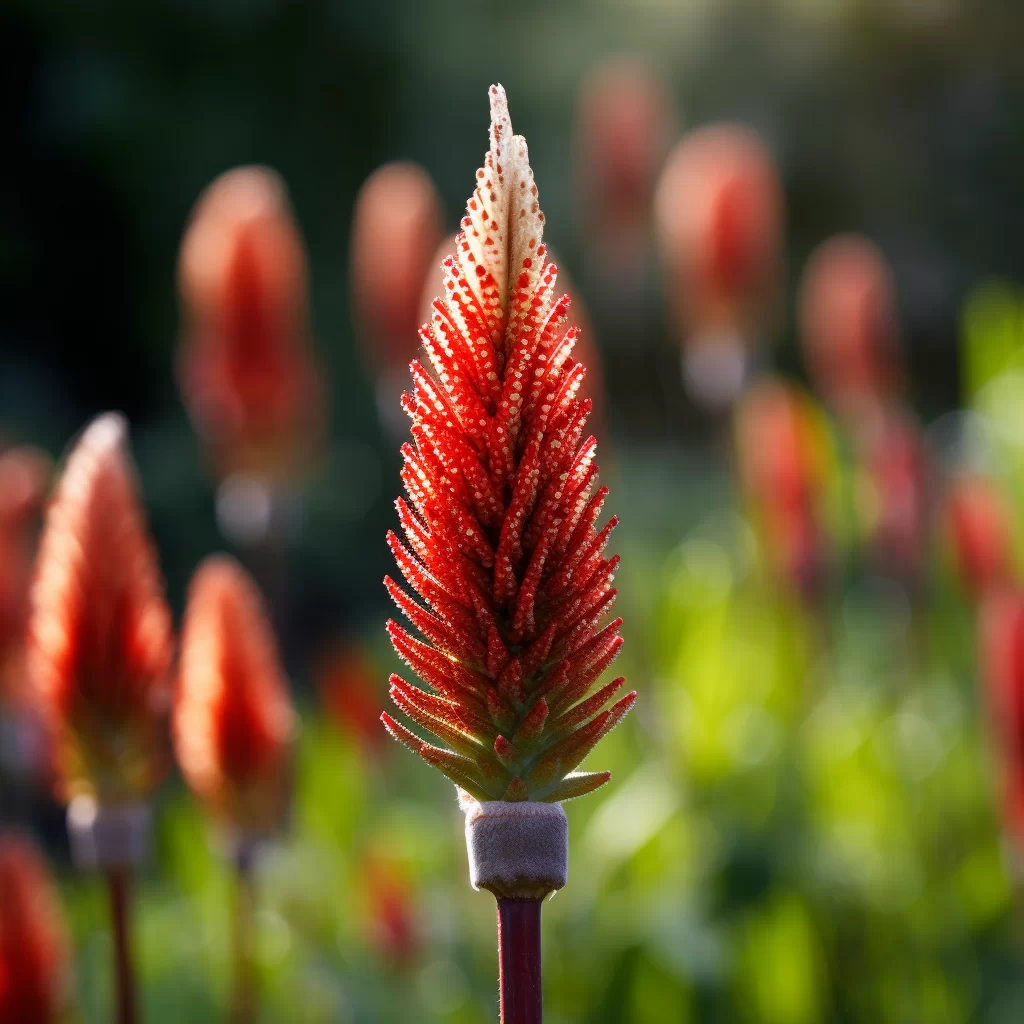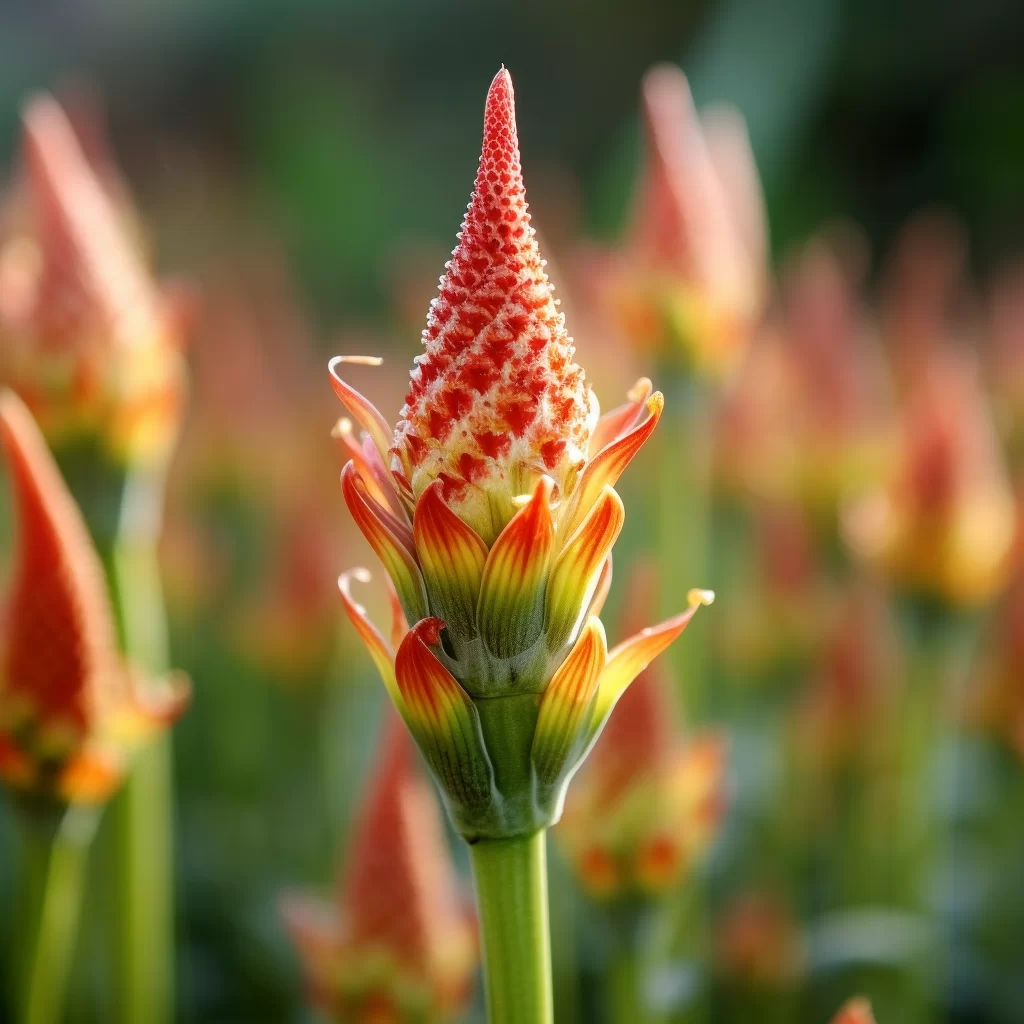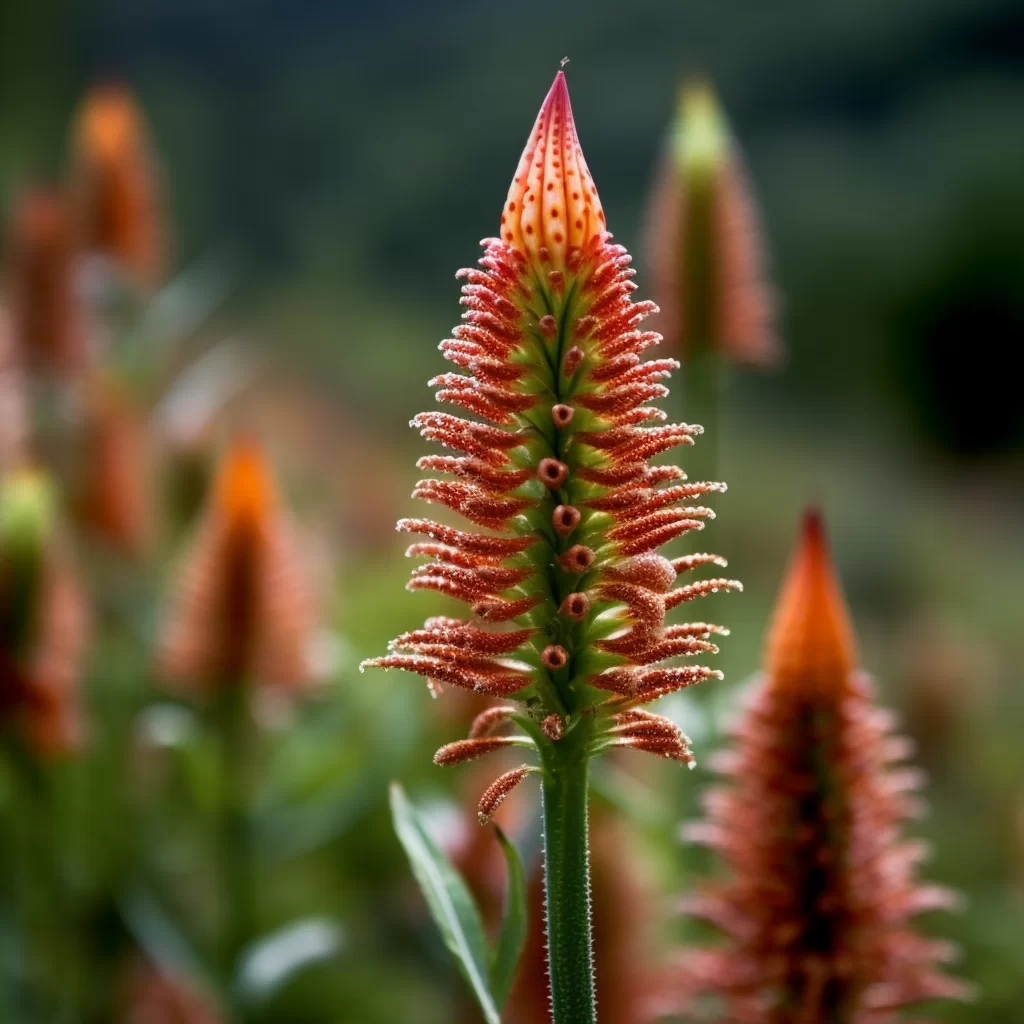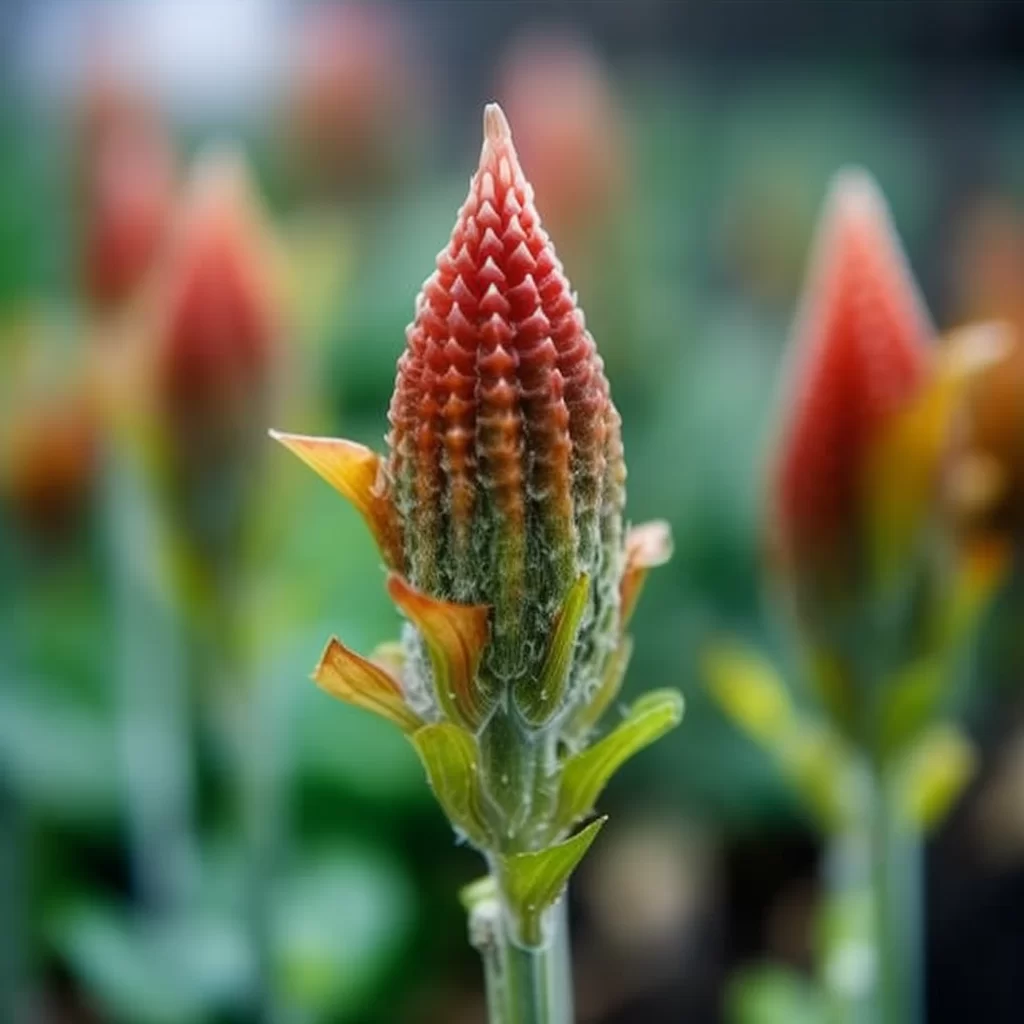Story of Day :
Contents
The Torch Lily Plant: A Complete Guide and Care Tips
If you’re looking for a plant that will brighten up your garden with vibrant colors, look no further than the torch lily.
This stunning plant, also known as kniphofia, produces tall spikes of red, yellow, or orange flowers that are sure to catch the eye.
Origins and Varieties
The torch lily is native to South Africa but has since been introduced to other parts of the world.
There are over 70 different species of kniphofia plants, ranging in size from 18 inches to over 6 feet tall.
Some popular varieties include:
- ‘Flamenco’ – produces bright orange blooms
- ‘Poco Yellow’ – a compact variety with yellow flowers
- ‘Nancy’s Red’ – deep red flowers on tall spikes
- ‘Alcazar’ – produces fiery-red blooms on sturdy stems

Care Tips for Torch Lilies
Torch lilies are relatively easy to care for and can thrive in a variety of conditions.
Sunlight Needs:
Torch lilies prefer full sun but can tolerate some shade.
If planted in too much shade, however, they may not produce as many blooms.
Soil Requirements:
These plants do best in well-draining soil with good fertility levels.
If your soil is heavy clay or sandy loam consider adding compost or organic matter before planting.

Watering Needs:
Torch lilies require regular watering during their first season after planting until they establish themselves; thereafter water only when the soil is dry to the touch.
Fertilization:
Apply a balanced fertilizer in early spring and again in late fall.
Fertilizer should be applied around the base of the plant, not directly onto leaves or stems.
Deadheading:
To encourage continued blooming throughout the summer, it’s helpful to deadhead (remove spent flowers) regularly.
This will also keep your plant looking tidy and attractive.
Troubleshooting

Although torch lilies are relatively easy to care for, they can be susceptible to diseases like root rot and leaf spot if conditions are too wet.
Here are some tips for preventing common issues:
- Avoid planting torch lilies in areas where water tends to collect, as this can lead to root rot.
- If you notice yellow or brown spots on leaves, remove them promptly and dispose of them away from your garden area; this helps prevent spreading of any possible fungal disease
- If you notice significant wilting during growing season check soil moisture levels and adjust accordingly.
In Conclusion
The torch lily is an eye-catching addition that deserves a place in every garden! With its bright colors and ease of care it’s sure to draw positive attention from visitors.
Remember: Full sun exposure plus well-drained soils equals happy kniphofia plants!
